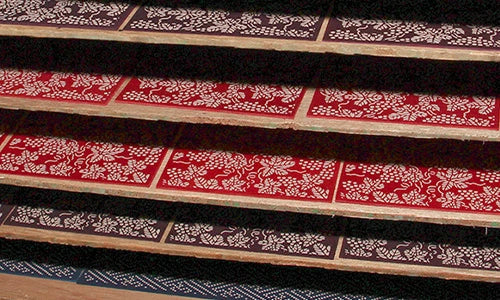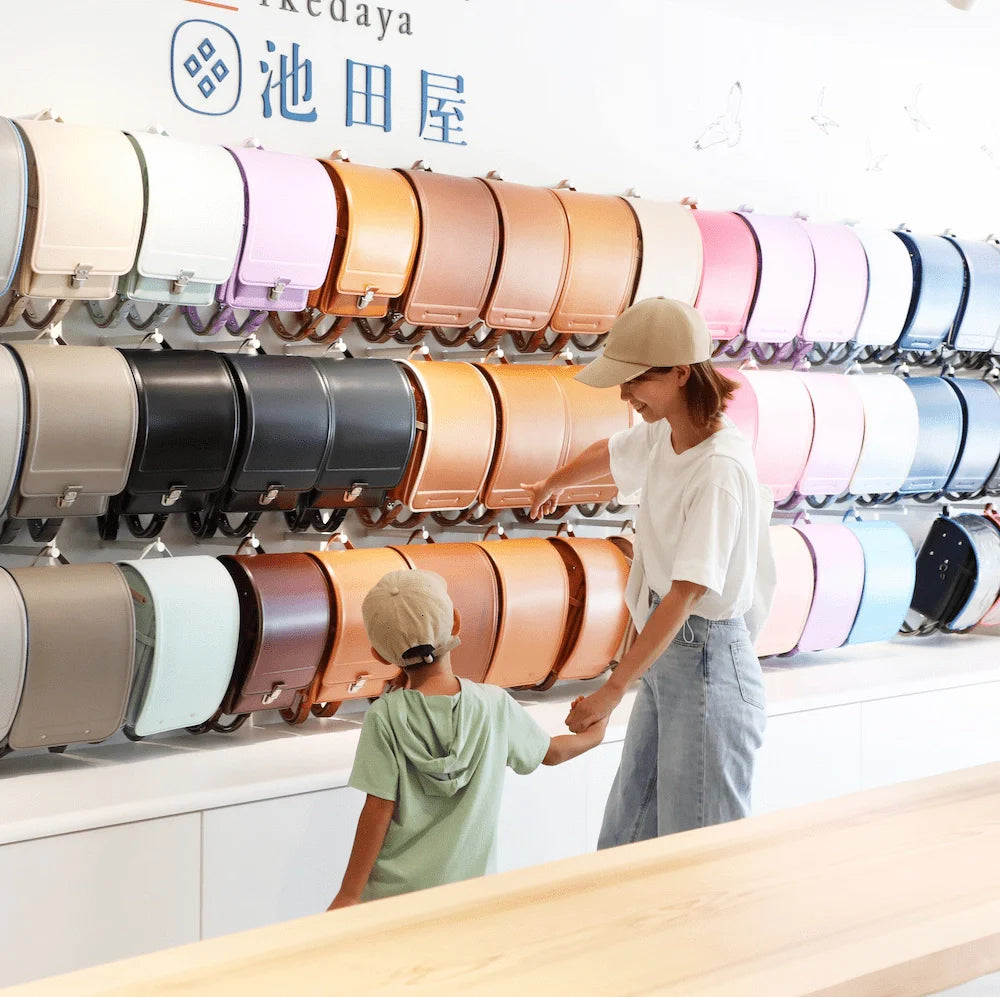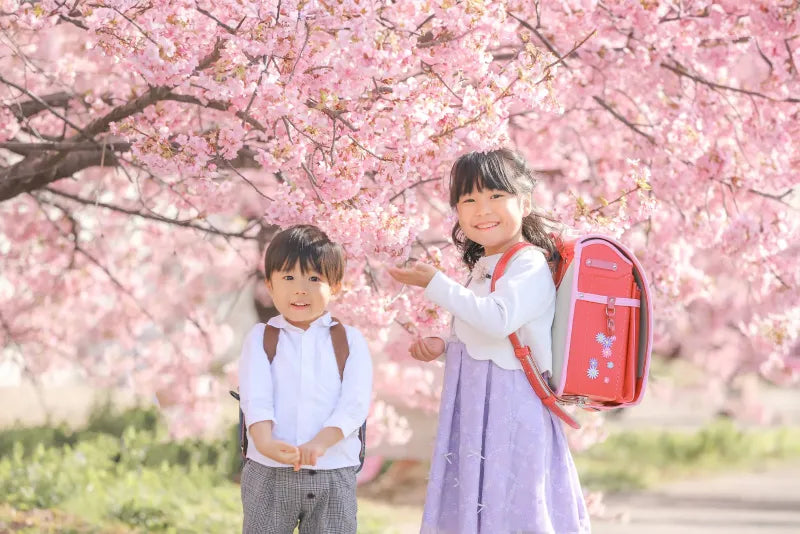
Koshu Inden: A Beautiful Leather Craft from Japanese Tradition
Koshu Inden: A Beautiful Leather Craft from Japanese Tradition

Japan is home to many traditional crafts, each with a long history. Among them, Koshu Inden is a unique leather craft known for its special techniques and beautiful patterns. This traditional art combines both functionality and elegance, making it a beloved craft for centuries. In this article, we will introduce the history, characteristics, and meanings behind Koshu Inden.
What is Koshu Inden?
 Koshu Inden is a traditional Japanese leather craft where deerskin is decorated with lacquer patterns. "Koshu" refers to Yamanashi Prefecture, and "Inden" comes from a word related to Indian textiles, which influenced early Japanese dyeing techniques. Over time, these techniques evolved into a unique Japanese craft.
Koshu Inden is a traditional Japanese leather craft where deerskin is decorated with lacquer patterns. "Koshu" refers to Yamanashi Prefecture, and "Inden" comes from a word related to Indian textiles, which influenced early Japanese dyeing techniques. Over time, these techniques evolved into a unique Japanese craft.
Koshu Inden is known for its lightweight and soft deerskin, along with glossy lacquer patterns that create a striking contrast. The leather is durable and becomes more flexible over time, making it ideal for wallets, card cases, bags, and other accessories.
A Traditional Craft with Over 400 Years of History

The history of Koshu Inden dates back to the Sengoku period (16th century). During this time, samurai in Kai Province (modern-day Yamanashi Prefecture), under the rule of warlord Takeda Shingen, used deerskin for their armor and equipment. Deerskin was valued for its lightweight and durability, making it an excellent material for warriors.

As Japan entered a more peaceful era, the craft shifted from armor to everyday accessories and decorations. By the Edo period (17th–19th century), Koshu Inden became popular among both samurai and common people, especially as a luxury item.
In the Meiji period (late 19th century onward), Koshu Inden artisans continued to preserve traditional techniques while also adapting their craft to modern lifestyles.
Today, Koshu Inden is recognized by the Japanese government as a "Traditional Craft", and skilled artisans carefully produce each piece by hand.
Traditional Patterns with Symbolic Meanings
Koshu Inden features a variety of traditional Japanese patterns, each carrying meanings of good fortune or protection from evil. These designs reflect Japanese culture and beliefs.
These patterns are not just decorative — they carry deep meanings and wishes for the well-being of the owner. Because of this, Koshu Inden products are not only loved in Japan but also appreciated as meaningful gifts for international visitors.
Common Patterns and Their Meanings Kikkō (亀甲 - Tortoise Shell Pattern): A hexagonal pattern inspired by a tortoise shell, symbolizing longevity and good health.
Kikkō (亀甲 - Tortoise Shell Pattern): A hexagonal pattern inspired by a tortoise shell, symbolizing longevity and good health.
 Kozakura (小桜 – Cherry Blossom Pattern): The graceful falling of cherry blossom petals captured people's hearts, making it a beloved pattern among nobles since the Heian period. In the Edo period, it also spread to commoners.
Kozakura (小桜 – Cherry Blossom Pattern): The graceful falling of cherry blossom petals captured people's hearts, making it a beloved pattern among nobles since the Heian period. In the Edo period, it also spread to commoners. Tonbo (とんぼ - Dragonfly): A favorite among samurai, as dragonflies only move forward, symbolizing victory and success.
Tonbo (とんぼ - Dragonfly): A favorite among samurai, as dragonflies only move forward, symbolizing victory and success. Hishigiku (菱菊 - Rhombus and Chrysanthemum): A combination of rhombus and chrysanthemum motifs, believed to ward off evil spirits.
Hishigiku (菱菊 - Rhombus and Chrysanthemum): A combination of rhombus and chrysanthemum motifs, believed to ward off evil spirits.Koshu Inden in Modern Life

While preserving its traditional techniques, Koshu Inden continues to evolve to fit modern lifestyles. In addition to classic wallets and bags, there are now smartphone cases, glasses cases, and other everyday accessories featuring this beautiful craft.
Koshu Inden items also develop a unique character over time, as the lacquer patterns deepen in richness and the deerskin softens with use. This makes them not just beautiful but also long-lasting and practical.



